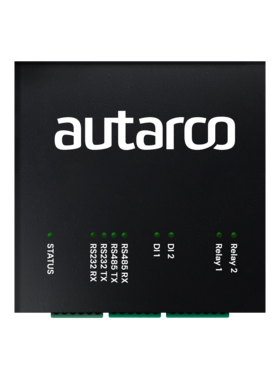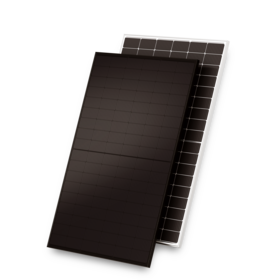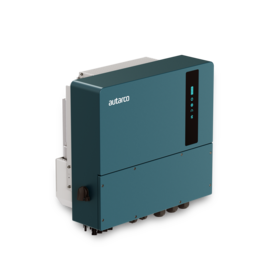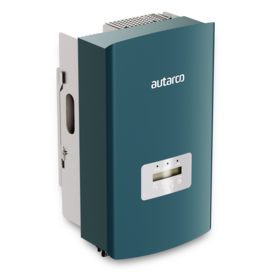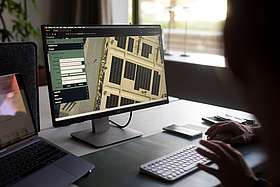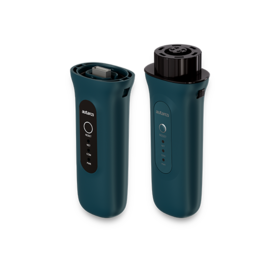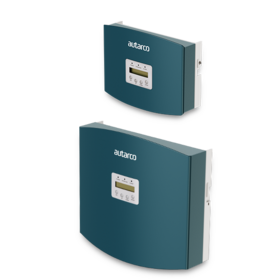kWh Face Off! East-West Vs South

Let the games begin!
Every time a commercial flat roof PV system is designed a decision to build facing South or East-West must be made. While everyone knows European solar systems will perform best facing South with a decent sized pitch, there are a number of other factors at play that influence the most profitable solution for a commercial PV system owner.
Many analyses of East-West vs South facing PV systems for commercial projects still focus on year 1 costs (price per Wp) and estimated production. In the same way that we offer a kWh Guarantee that offers reduced risk and simplicity to installers and system owners, we believe the East-West vs South question is best considered looking at the returns on investment and the levelized cost of energy. After all, solar PV customers are not looking to solve a one-off component hardware problem priced in EUR/W, they are looking for a long term energy solution.
This long term energy solution needs to consider the total costs related to the yield of a system for its complete lifespan and of course the risk related to the solar production over the same lifespan. So what are the expected returns of a solar system?

Comparison
Let’s look at an example where we compare both alternatives for a reasonably sized commercial project in the Netherlands. We cover some of the assumptions we have made in detail below.
Over the 15 year life of the Dutch SDE+ subsidy, the system owner can generate nearly 20% more profit with an East-West system at a slightly higher return on investment. While a south facing system in the Netherlands does produce nearly 7% more yield per Wp, this power is more costly given the current solar economics of 2018.
| Azimuth | Annual yield per kWp (kWh/kWp) | Annual yield per m² (kWh/m²) | Annual savings (€) | Cost of energy produced over 15yrs (€/kWh) | ProjectIRR * |
| East-West | 934 | 127 | 20,443 | 0.059 | 19.30% |
| South | 997 | 100 | 16,000 | 0.076 | 17.20% |
*IRR excludes any fiscal/tax benefits
Autarco’s insured kWh Guarantee lowers the risk profile of the project for the bank, helping system owners and investors unlock more debt at lower costs. As a result, the additional initial investment required for an East-West system should not be a barrier to completion.
The drivers behind this result and some of the key factors to consider are discussed below. Regardless of the choice, Autarco’s kWh Guarantee, delivers peace of mind to both installers and end customers by providing a minimum production level that protects your investment.
Yield per wattpeak
| Assumption | Face Off result |
| Base Assumption: 10/12 degrees | Win for South. 7.3% more yield/Wp. |
| Factor: Greater module pitches | A 30 degree pitch south system will produce 13% more than a 10 degree pitch East-West system. |
As we all know, the yield per modules it at its best when the module is facing South. However, since the pitch of the solar panels in flat roof mounting systems is relatively low (10°-12°), the non optimal azimuth of East-West systems are more than compensated by other benefits.
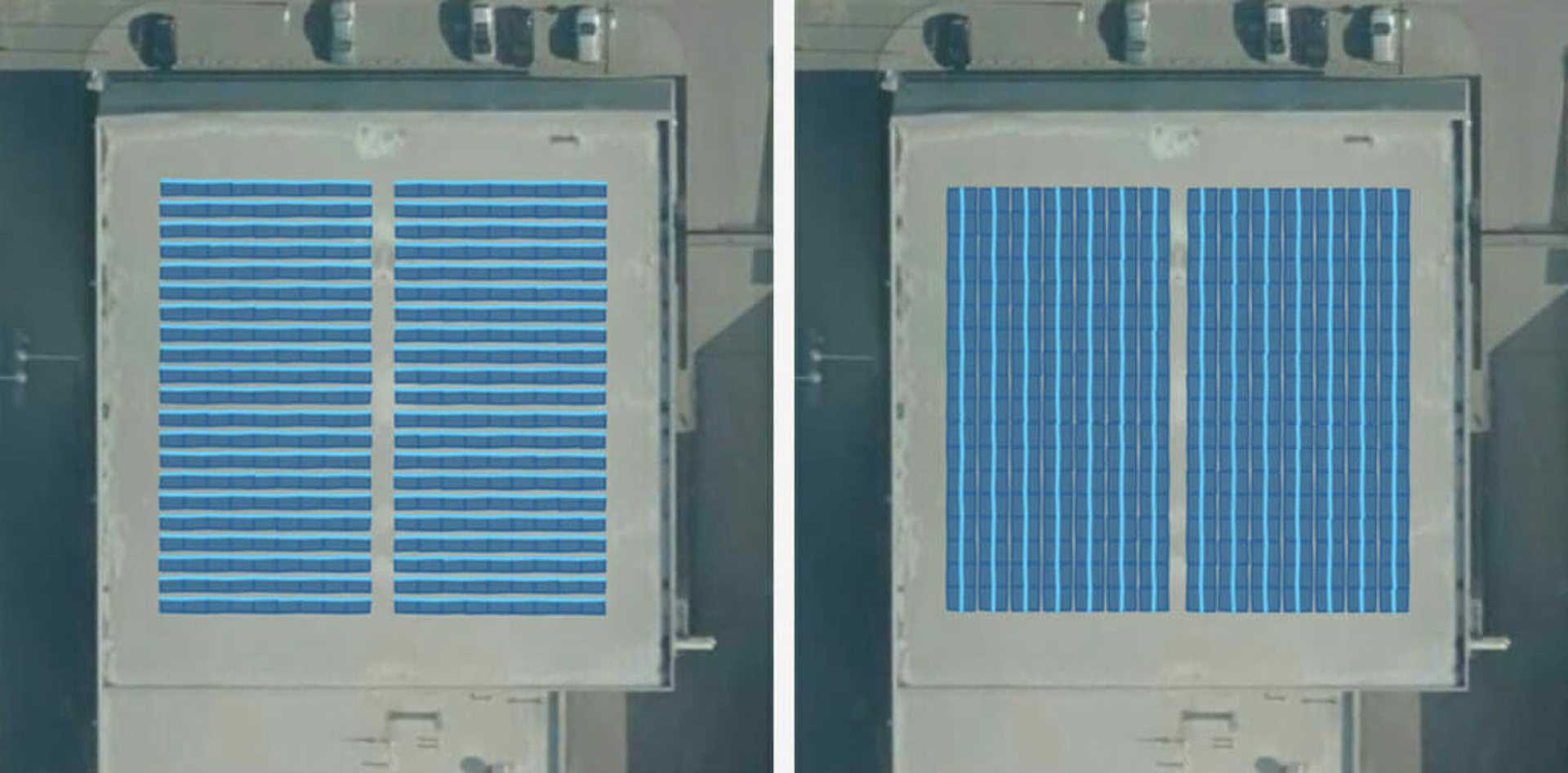
Yield per m²
| Assumption | Face Off result |
| Base Assumption: 10/12 degrees | Win for East-West. 22.5% more yield/m². |
| Factor: Spacing of South facing | Can reduce difference to around 8% if weight is not an issue |
The yield per module might be a little less in East-West facing systems, the total number of installed modules outweighs this, leading to much better total yields per m² roof surface. This difference can be as much as 25%, so symmetrical systems are the way to go when roof surface is limited.
Impact of increasing pitch and reducing row spacing of South facing systems is offset by other issues such as shading and ballast requirements.
Yield distribution
| Assumption | Face Off result |
| Base Assumption: Low module pitch (10-15) | Marginal win for East-West |
| Factor: Greater module pitches | Makes East-West more competitive by increasing self consumption. |
Another supposed advantage of symmetrical systems that is widely published is the distribution of yield over the day. Where a South facing system has a clear peak around noon, with solar panels facing East and West the yield is more evenly spread out. This results in a more steady production of kWh and a better match to the actual energy usage. However, the most common flat roof structures use a pitch between 10-15 degrees, so this advantage is really quite negligible as shown below. Because of the difference in azimuth, yield distribution differs over the course of a day.
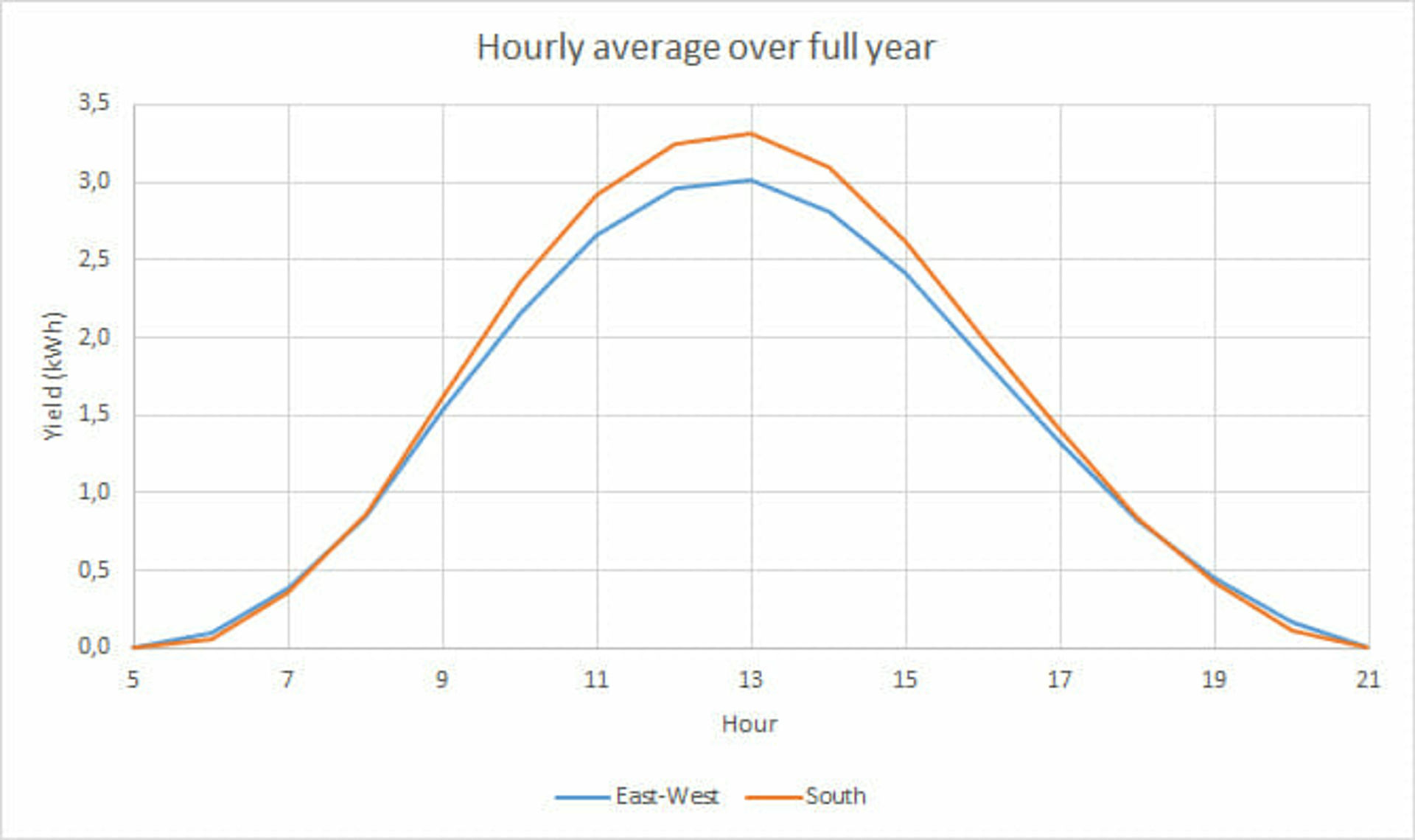
Shade
| Assumption | Face Off result |
| Base Assumption: No Shade | Win for East-West |
| Factor: Morning or evening shade | Makes South more competitive. Morning or evening shade will result in greater shade losses for East-West facing modules |
When the modules are directly facing the sun they experience higher plane-of-array insolation – the amount of direct and indirect sunlight hitting the surface of the solar panel – which of course leads to higher yields. Since most shading occurs during sunrise and sunset, the general influence of shade is worse for symmetrical systems. Common rooftop obstacles such as air conditioning units and sky lights are easily capable of causing 5-10% shade losses for East-West systems if the PV array does not avoid appropriately and plan stringing accordingly.
The Autarco modelling software is designed to make exact shading calculations, making it possible to compare both alternatives on any given location. With modules facing south, there is a small amount of self-shading from one row to the next.
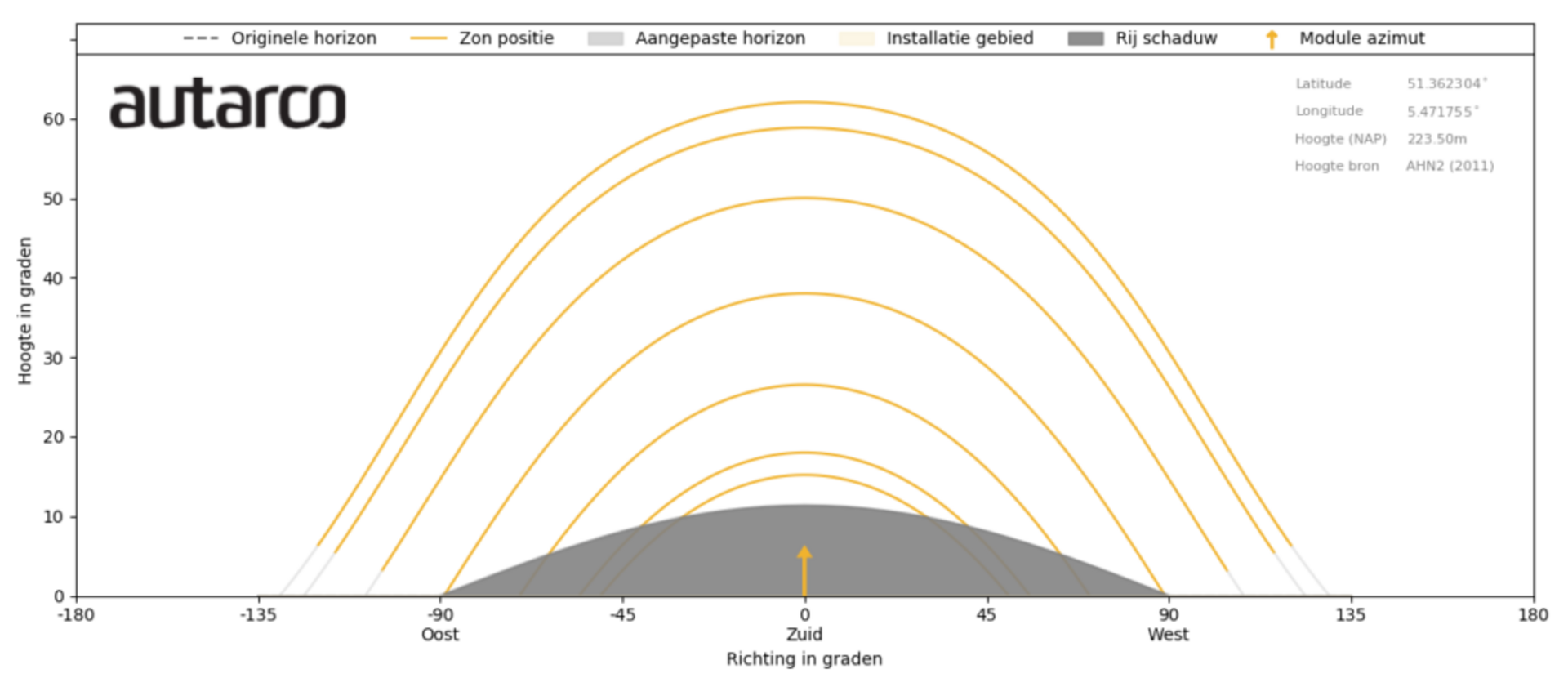
Mounting costs and ballast
| Assumption | Face Off result |
| Base Assumption: 10m roof height. | Clear win for East-West |
| Factor: Roof height or increase module pitch. | The higher roofs and greater pitches strengthen the East-West advantage. |
With a symmetrical (East-West) system, you make the most efficient use of the mounting system. Since there is hardly any space between the modules, there is no redundant mounting to be installed. Due to its nature of back to back modules, a symmetrical system is less influenced by wind loads. They form a closed system within itself, without the need to provide wind deflectors like South facing modules would need. You can save up to 15% on the costs for mounting when using a East-West facing system.
Apart from using less material per installed module, it saves on the need for ballast as well. This saves costs and labor, but more important, it lowers the total weight of a system, especially for roofs above 10 metres height. This can play an important role in the decision, mostly for industrial buildings where load bearing capacity of existing structures can be limited.
AC connection and other fixed costs
Projects that have high fixed costs regardless of total system size also favour East-West systems. These could include things like;
- Grid connections
- Crane fees / scaffolding
Conclusion
We hope you found this analysis interesting and useful. We are committed to making solar simpler and less risky for installers and owners of commercial PV systems.
